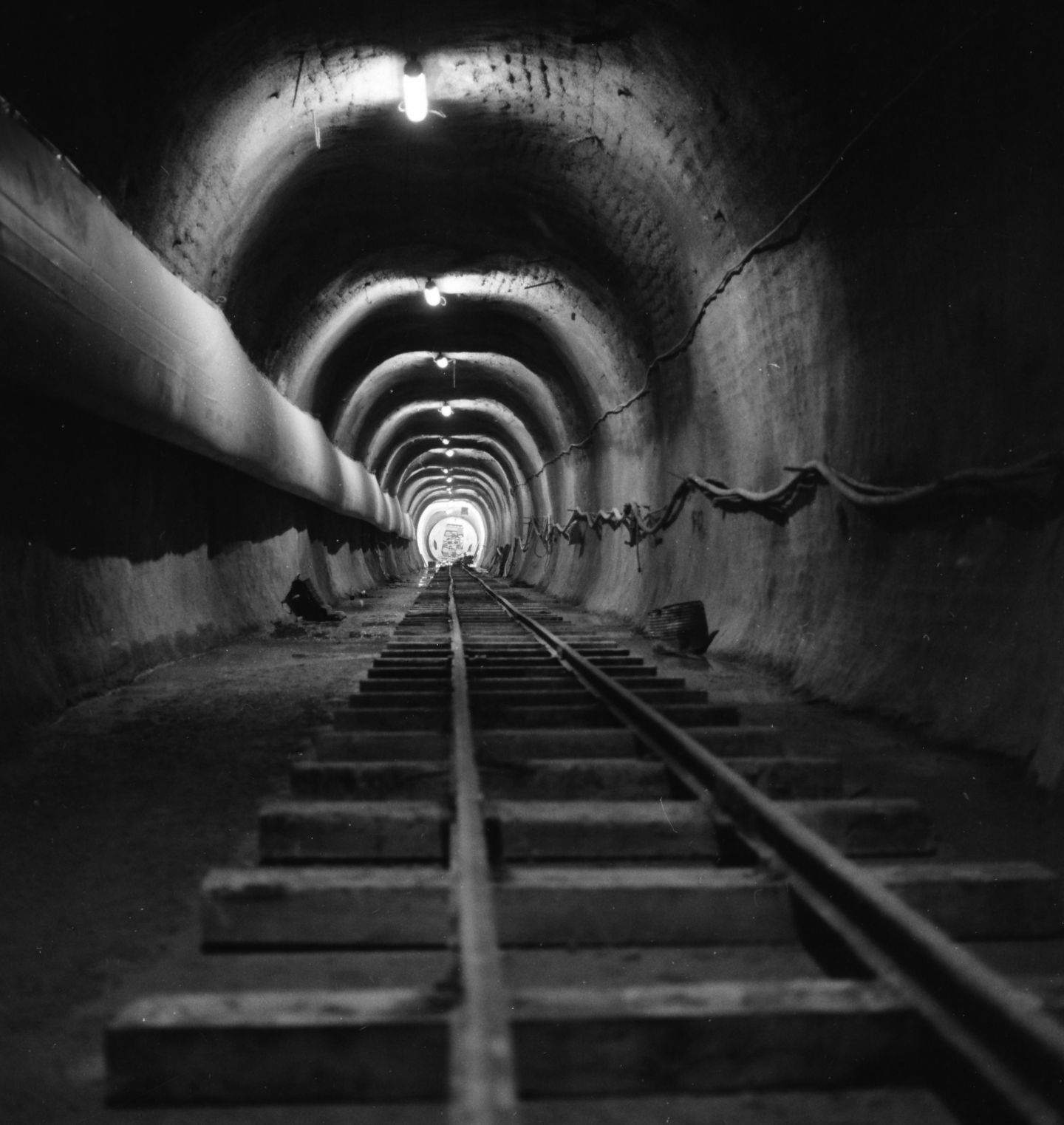
Construction work for the tunnel of the world’s most iconic particle accelerator began in 1983. The tunnel was initially home to the Large Electron–Positron Collider, which ran from 1989 to 2000, and now houses the Large Hadron Collider.
During construction of the tunnel, the team had to overcome multiple engineering challenges, including boring a 27-km circular tunnel with a constant radius and dealing with numerous geological challenges. From 1998 to 2005, it was majorly upgraded to prepare it for the LHC. These civil engineering works included constructing new transfer tunnels from the SPS to the LHC and giant underground caverns to house the ATLAS and CMS detectors.
Now, this feat has been recognised by the International Tunnelling and Underground Space Association (ITA) as one of the 50 most iconic tunnels in the world, on the occasion of the Association’s 50th anniversary. The ITA has published a book to commemorate this list, which includes impressive projects such as the Gotthard Base Tunnel and the Channel Tunnel.
The list was revealed at the annual World Tunnel Congress in Shenzhen in April. Here, the civil engineering plans for the Future Circular Collider were presented to the global tunnelling community. Owing to its scale and technical complexity, the project has attracted a great deal of interest from designers and contractors, and the executive committee of the ITA even paid a special visit to CERN in December 2022. Read more about the FCC tunnel in the CERN Courier.
